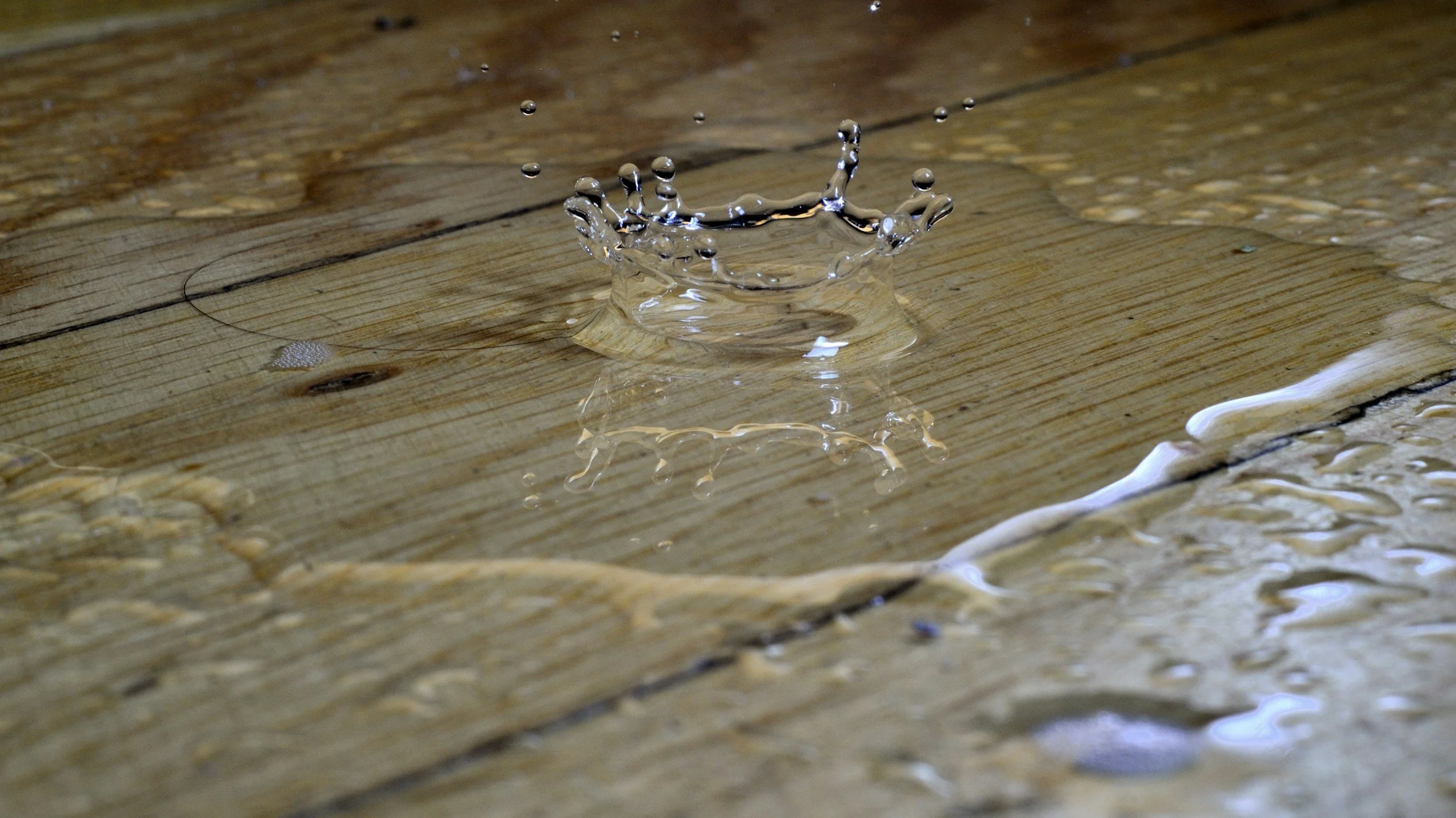Don’t Wait: Why Immediate Water Damage Mitigation Protects Your Home and Health
When water intrusion strikes — whether from a burst pipe, storm runoff, or appliance leak — every hour counts. What starts as clean, clear water can quickly deteriorate into a contaminated mess, leading to costly repairs and unhealthy living conditions.
1. The Hidden Dangers of Waiting
The longer materials stay wet, the deeper water penetrates into walls, floors, and framing. Within just one to two days, microbial activity can begin, and what started as clean water can turn into a contaminated source.
This means that a small plumbing leak or overflow can rapidly evolve into a situation involving bacteria, mold, and other harmful agents. At that point, what could have been a simple drying project becomes a full-scale remediation.
2. The Environmental and Health Risks
Moisture trapped behind walls or under flooring doesn’t just cause visible damage — it changes the entire indoor environment. Extended moisture exposure leads to:
Mold growth and musty odors
Airborne contaminants that can trigger allergies or asthma
Poor indoor air quality caused by bacteria and spores
Even clean water becomes a breeding ground for mold that can release allergens and toxins into the air. Once this happens, specialized containment and air filtration are often needed to restore a safe living environment.
3. The Cost of Delay
From a structural standpoint, waiting means:
Increased demolition — materials like drywall, carpet, and insulation may no longer be salvageable.
Higher insurance claims — as the water becomes more contaminated, cleanup becomes more complex and expensive.
Longer drying times — deeply saturated materials require more time and equipment to restore.
A fast response helps preserve more of your home’s materials and prevents further damage from spreading.
4. The Science Behind Rapid Mitigation
Professional restorers use advanced psychrometric tools to measure, control, and speed up the drying process:
Thermal imaging cameras to locate hidden moisture behind walls and under flooring.
Moisture meters to confirm how much water materials have absorbed.
Hygrometers to monitor humidity, temperature, and dew point for proper drying balance.
Dehumidifiers and airmovers to remove moisture from the air and promote surface evaporation.
Together, these tools create a controlled drying environment that balances airflow, temperature, and humidity — preventing further deterioration and microbial growth.
5. Protecting Your Home and Family
Water mitigation isn’t just about drying — it’s about stopping the damage before it multiplies. A professional team will:
Set up containment zones to prevent contamination from spreading
Monitor daily readings to confirm steady progress
Document every step for insurance and safety compliance
Delaying mitigation puts both your property and your family’s health at risk. Acting fast ensures your home stays structurally sound, your air stays clean, and your recovery costs stay low.
Final Thoughts
If you’ve experienced any kind of water intrusion, don’t wait to act. Rapid mitigation protects your investment, prevents mold growth, and keeps your home safe and healthy. The faster the response, the smaller the damage — and the sooner life returns to normal.
